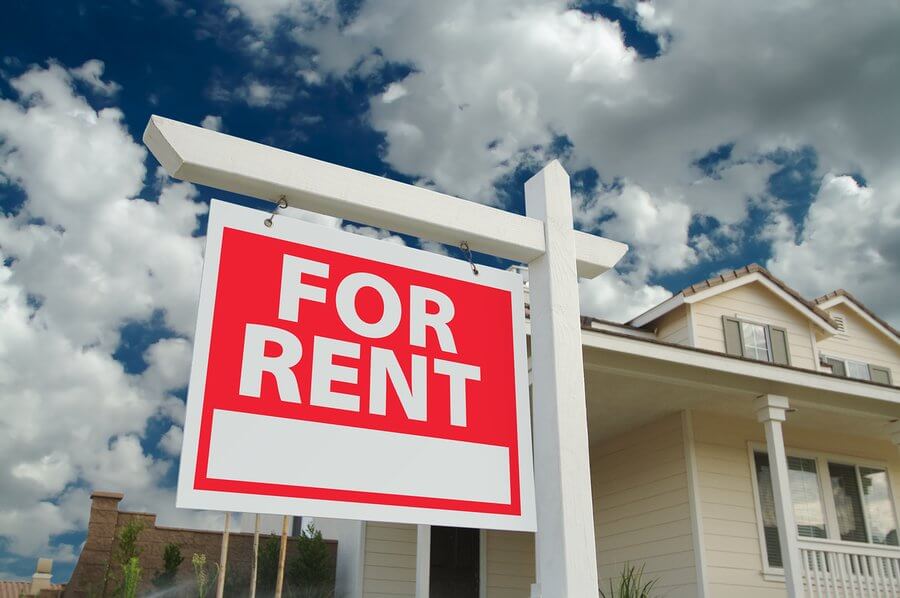It’s happening again… Our nomadic ways are calling us onward. We’ve been in Naples for 5 years now – and we’re not calling it quits. But we are going to be putting a break on our Florida life for the next year or so.
I will go into more detail about what we’ll be doing in our next adventures in the US soon… but for now, I’m just going to break into why our OCD ways are practical when it comes to narrowing down your home search in a city of 800k people.
Many things in our life move at the speed of light — and when we decide on something, it happens within days or week. So when we started talking about moving to Indianapolis, we gave ourselves about two months to figure out the city, what corners we liked and find a home. And this was all in a city we’d never set foot in before.
We found our new home after looking at just 3 houses and 1 apartment in person. But we screened what seemed like hundreds of homes online from a distance in preparation for our move.
Are you planning a move? Whether you’re going down the street or across the world, here’s our fool-proof method for finding a home you’ll love without a lot of hassle and time.
1. Make a List
The first thing you need to know is what sort of space and home you need to have. How many bedrooms and bathrooms? Do you need a garage? Is a yard, balcony or office space a must? Are you looking for walkability or a good commute? Which of these things are most important to have and which would you be willing to give on?
One of our biggest concerns is our big goofy Newfie, Ayla, who would have been accepted in many of the places we liked (without getting therapy dog or service dog status) but doesn’t do well with a lot of stairs. Indy has a surprising number of homes with stairs at the entry! So making a list of what you need in your new home can quickly help you eliminate poorly suited homes for your family.

2. Set Your Budget
Renting can be pricey, especially in large cities. Make sure that you take the monthly rental cost into account as well as side expenses like electricity, water. internet, cable, and so forth. If you’re moving into a single family home, you may also need to think about lawn care costs.
If you are considering a condo, apartment or multi-family home versus a single-family home, you may notice that there is a higher per square footage cost. But there are also usually more amenities available and other costs may also be part of the standard rental fee.
Do a few searches in the area you are moving to and determine if your budget is on target or not. You may find yourself needed to look at other areas or smaller properties. But remember that sometimes that great deal really is too good to be true.
3. Screen What’s Available
There are so many powerful websites and apps now which make house hunting much easier. The one we found most useful for looking at homes was Trulia Rentals. You can contact property managers, save searches and get follow up notices for new listings, and really screen the market with filters and maps. I liked the saved searches because Trulia then sent push updates with newly added rentals. We house we selected was on Trulia 6 days when we signed the rental intent. Which shows that good places often go quickly.
If you’re looking for a community, we found Apartments.com and ForRent were great to see what apartments were out there. Floor plans and current availability were some of the useful tools found on these platforms. However, searching for a new home can involve sharing a lot of information online. Even if you aren’t using one of the sites we recommended above, you should make sure the platform is reputable and secure to prevent scamming. If you are getting your internet through a WiFi hot spot, be sure you are first connected to a VPN or risk getting hacked.
4.Organize Your Data
Your next best resource is a spreadsheet. Excel or Google Sheets are both great options. Our spreadsheet included basics like:
- address
- neighborhood
- square footage
- number of beds and baths
- monthly rent including side costs
- info about our needs like if there was a yard
- contact notes
I maintained the spreadsheet for a few weeks, making notes about properties that went quickly which we liked and tracking market prices.

5. Get a Lay of the Land
Google Maps or Earth is the final piece in your resources trifecta. You can learn so much about a neighborhood by virtually walking through it. Walkability was a big factor for us so we looked for the nearest grocery stores, restaurants and parks in the area.
6.Plan a Visit
Before we decide to move anywhere as a family, we take a trip there together. One of us may have already been there before on business or otherwise, but we take a weekend to just get a feel for the city, the areas we think we want to live in, and to look at our top properties.
The home search can be overwhelming and they start to blur together so don’t plan more than 5 visits in a day, take pictures as you go, and make a few notes after each home so you can recall any important details (both bad and good.)
7. Make Your Decision
No home is ever going to be 100% perfect. If you’re buying, feel free to be more selective. But with a rental home, you can move out after a year. Not that moving is fun – but you’re not married to this home.
Consider if your biggest needs will be met, if the home is in an area where you feel safe, and whether you think the landlord will be trustworthy and responsive if you should have problems in the house.
That’s it! Now you’re ready to sign contracts and start packing! Are you planning a move soon? Just finished a move? Share your tips in the comments below!


